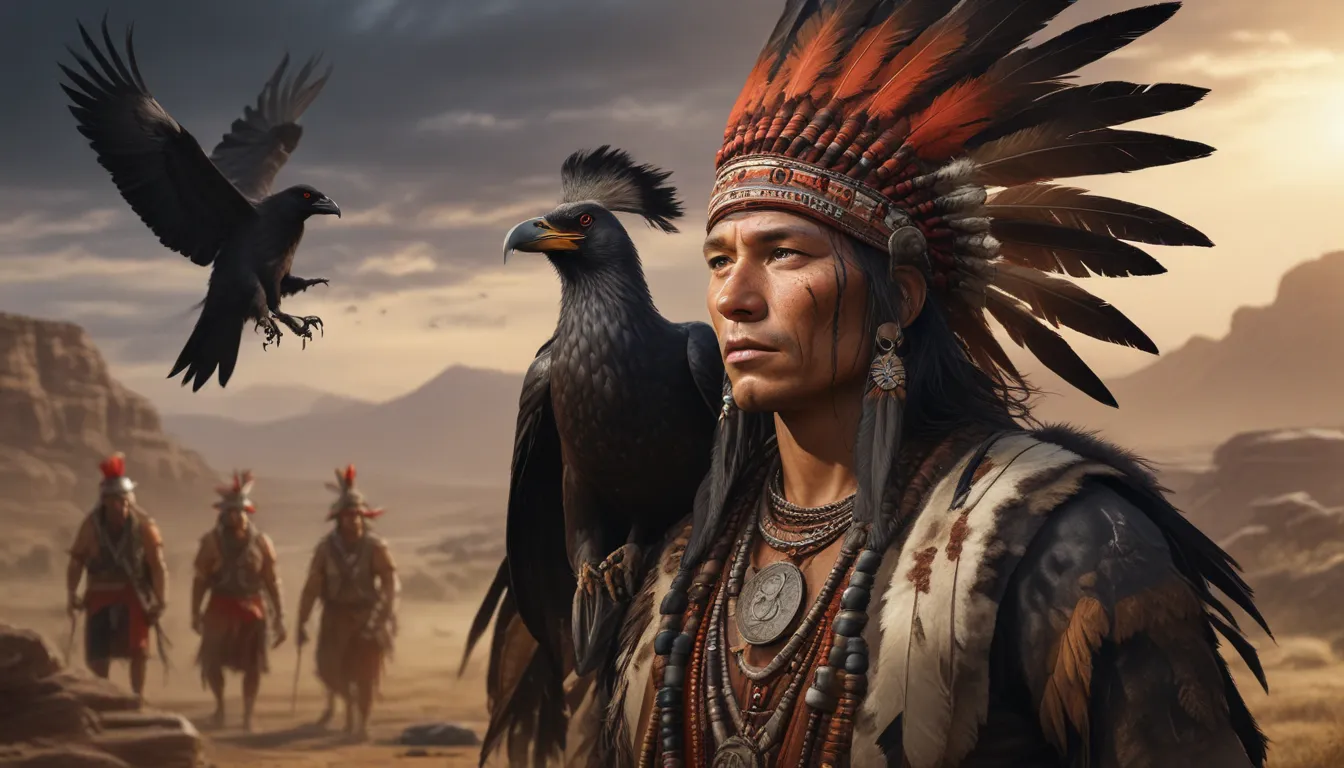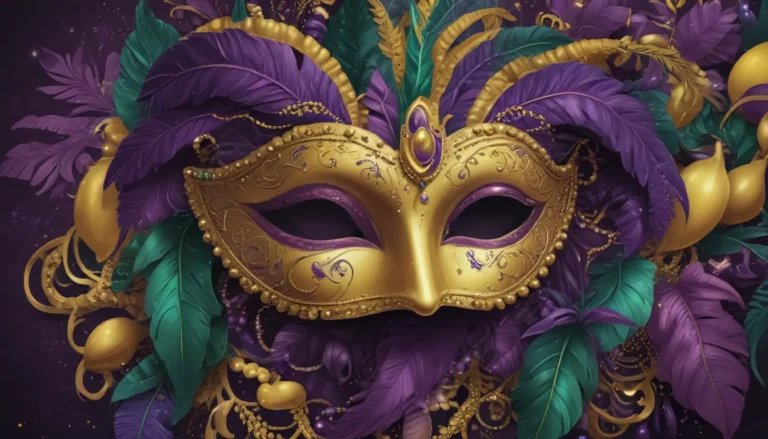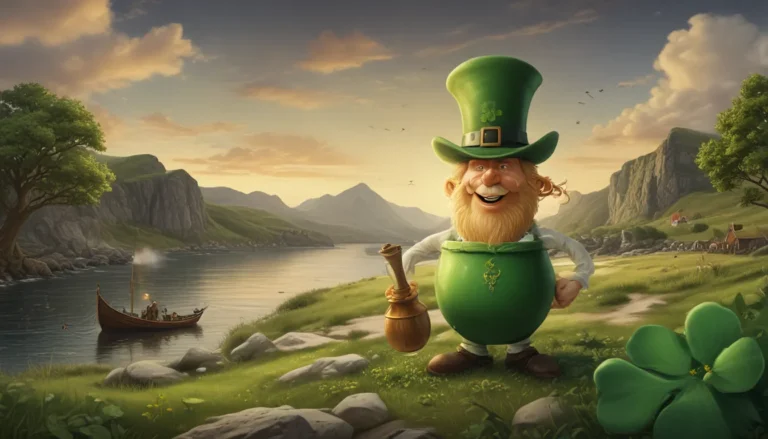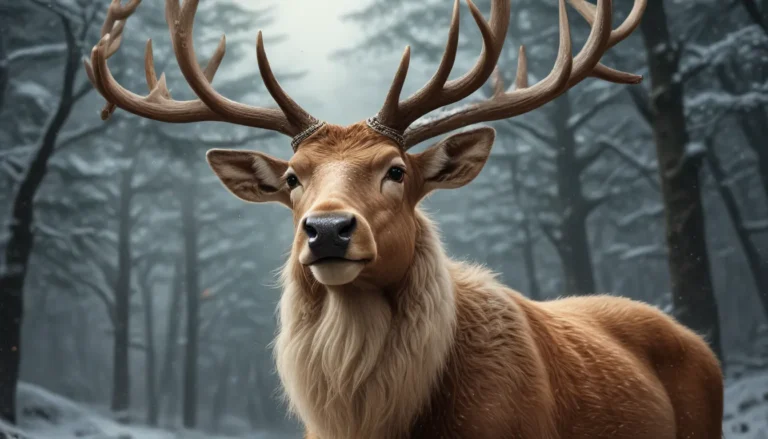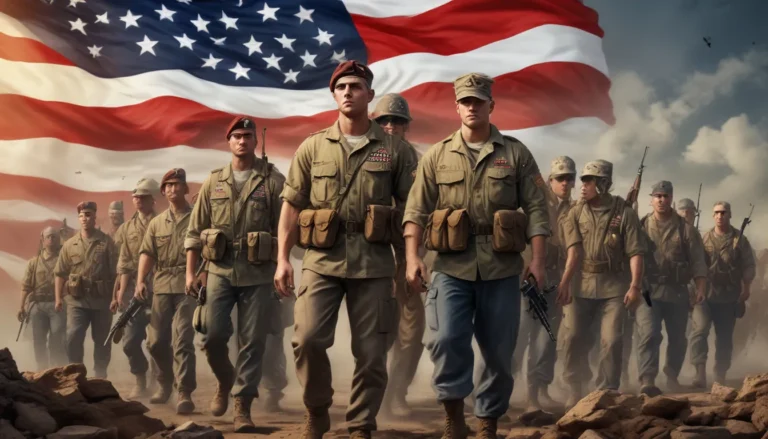The images in our articles may not match the content exactly. They are used to grab your attention, not to show the exact details in the text. The images complement the text but do not replace it.
If you’ve ever been curious about the rich history and vibrant culture of the Crow Tribe, also known as the Apsáalooke, then you’re in for a captivating exploration. This tribe’s story, woven through centuries with traditions, battles, and a deep connection to the land, is a treasure trove waiting to be uncovered. From their legendary horse-riding skills to their intricate social structure, the Crow Tribe offers a window into a world filled with resilience, adaptability, and a profound sense of identity. Let’s embark on a journey to unravel the 19 best Crow Tribe facts that will not only amaze but also enlighten you about this remarkable community.
Unveiling the Crow Tribe’s Rich Heritage
The Crow Tribe, with its origins in the Yellowstone River valley spanning through Wyoming, Montana, and North Dakota, boasts a history and culture deeply rooted in the vast American Great Plains.
- Divergence from the Hidatsa tribe: Historical records indicate that the Crow people split from the Hidatsa tribe over a buffalo distribution dispute before the 18th century. This dispute marked the genesis of their distinctive identity and path.
The Way of Life for the Crow Tribe
The Crow Tribe’s existence was intricately intertwined with the expansive plains they called home, relying on the buffalo for sustenance, clothing, and shelter.
- Nomadic lifestyle: Primarily nomadic, the Crow followed the seasonal migrations of buffalo herds, packing up their tepees for quick relocation. Their mobility was key to survival and adaptation.
- Gender roles: While men were hunters and warriors, women played crucial roles in gathering, cooking, and maintaining the home. Both genders participated in social and ceremonial life, with rituals and dances forming integral parts of their culture.
Decoding the Crow Tribe’s Social Structure
The social fabric of the Crow Tribe was woven with intricate patterns, dictating their way of life and interactions.
- Matrilineal society: Unlike many other Native American tribes, the Crow were matrilineal, tracing lineage through the mother’s line. This unique structure influenced inheritance, social standings, and even camp layouts.
- Clan system: The tribe’s division into clans with distinct roles and responsibilities shaped their social organization, influencing marriage, ceremonies, and leadership dynamics.
Navigating the Complexities of Crow Tribe-Government Relations
The journey of the Crow Tribe intersects with the United States government through treaties, land agreements, and conflicts, leaving lasting imprints on their land and sovereignty.
- Treaty of Fort Laramie (1851): Recognizing Crow territorial rights over a vast expanse, this treaty was later overshadowed by gold discoveries and encroaching settlers, challenging the tribe’s sovereignty.
- Crow Indian Reservation: Established in 1868 in southeastern Montana, the reservation emerged from negotiations aiming to secure peace and define the tribe’s territorial boundaries amidst expanding American settlement.
The Modern-Day Crow Tribe: Honoring Heritage Amidst Challenges
Today, the Crow Tribe stands as a resilient community balancing heritage preservation with contemporary pursuits.
- Population: With over 13,000 enrolled members residing on or near the Crow Reservation, the tribe continues to uphold its legacy.
- Economic initiatives: Embracing tourism, agriculture, and energy projects, the tribe strives for self-sufficiency and member welfare.
- Cultural preservation: Through language programs, educational initiatives, and cultural events, the Crow Tribe maintains a stronghold on their rich heritage for future generations.
- Political advocacy: Active engagement in advocating for Native American rights at various levels underscores the tribe’s commitment to sovereignty and representation.
The Vibrant Celebrations: Crow Fair and Rodeo
Central to the Crow Tribe’s cultural tapestry is the annual Crow Fair and Rodeo, a vibrant celebration that offers a glimpse into their traditions and values.
- Cultural extravaganza: Marked by a plethora of tepees, traditional dances, parades, and rodeo events, this August event serves as a reunion and celebration of Crow heritage.
- Tourist magnet: Drawing visitors worldwide, the Crow Fair provides a unique opportunity to immerse in Crow culture firsthand.
Artistic and Literary Contributions of the Crow Tribe
The Crow Tribe’s artistic and literary endeavors have left lasting imprints, bringing their culture and history to broader audiences.
- Notable figures: Artists like Kevin Red Star and writers like Joe Medicine Crow have illuminated Crow heritage through their works, contributing to cultural preservation and education.
- Cultural legacy through art: Art and literature serve as vital tools in celebrating Crow heritage and ensuring its continuity through generations.
Environmental Guardianship by the Crow Tribe
With a tradition rooted in harmony with nature, the Crow Tribe’s commitment to environmental stewardship shines through various initiatives.
- Natural resource management: Traditional knowledge blended with modern conservation practices guides the tribe’s responsible management of resources on their reservation.
- Renewable energy ventures: Embracing wind and solar power projects, the Crow Tribe harnesses their natural resources sustainably, paving the way for a greener future.
Resurgence of the Crow Language: A Cultural Revival
Preservation of the Crow language stands pivotal in maintaining the tribe’s cultural identity, prompting concerted efforts towards revitalization.
- Language immersion programs: Schools and community classes champion Crow language learning for all ages, fostering a renewed connection to linguistic roots.
- Digital resources: Leveraging technology, language preservation efforts extend to apps and online platforms, democratizing access to Crow language learning.
Embracing the Crow Tribe’s Timeless Heritage
Peering into the Crow Tribe’s tapestry reveals a realm where tradition and modernity coalesce harmoniously, embodying timeless wisdom, resilience, and spirituality.
As we culminate this journey through the 19 best Crow Tribe facts, one thing is certain—their stories, far from relics of the past, resonate with vitality, sculpting a future shaped by courage, wisdom, and respect. Let’s embrace and honor the Crow Tribe’s legacy, ensuring their rich heritage shines brightly and inspires generations to come.
Frequently Asked Questions
Q: What distinguishes the Crow Tribe from other Native American groups?
A: The Crow Tribe’s distinctive cultural tapestry, marked by exceptional horsemanship and intricate storytelling, sets them apart. Renowned for their horsemanship and storytelling finesse, the Crow Tribe weaves a cultural narrative unlike any other.
Q: How did the Crow Tribe acquire their name?
A: Originally self-identified as “Apsáalooke” or “children of the large-beaked bird,” the Crow people were dubbed “people of the crows” by French interpreters, leading to the adoption of the name “Crow Tribe.”
Q: Could you shed light on the traditional lifestyle of the Crow Tribe?
A: Being nomadic hunters and gatherers, highly skilled in buffalo tracking and hunting, the Crow people dwelled in matrilineal societies, residing in tipis adorned with intricate beadwork and quill embroidery.
Q: What are some significant festivals and ceremonies of the Crow Tribe?
A: The annual Crow Fair, also known as the “Teepee Capital of the World,” stands as a cornerstone event, featuring teepees, traditional dances, parades, and rodeo showcases.
Q: How has the Crow Tribe influenced American history?
A: Crow Tribe members have made indelible marks in American history, serving as scouts and contributing to the cultural and political landscape. Their valor and service in the U.S. military have earned them esteemed accolades.
Q: What languages are spoken by the Crow Tribe?
A: The Crow language, a Siouan branch known as Apsáalooke, forms the primary spoken language. While efforts to preserve and revitalize the language are ongoing, English also remains widely used, especially among younger generations.
Q: How can one delve deeper into the culture and history of the Crow Tribe today?
A: Delve into the rich tapestry of Crow culture by exploring books, documentaries, and online resources or embarking on an immersive visit to the Crow Reservation in Montana. Engaging with these resources offers profound insights into the tribe’s heritage and contemporary life.
Eager for More?
At the core of our commitment lies the promise to deliver engaging, credible, and informative content that captivates and educates. Each fact shared on our platform is a testament to real contributions from individuals like you, fostering a dynamic exchange of insights and knowledge. As you journey with us, rest assured that our dedicated editors meticulously review each submission, upholding the highest standards of accuracy and authenticity. Trust in our dedication to excellence as we continue to explore, learn, and celebrate the diverse world around us.
